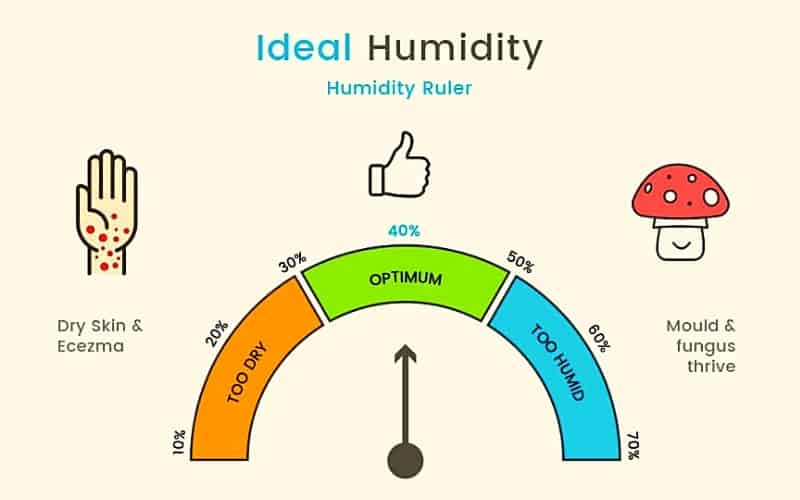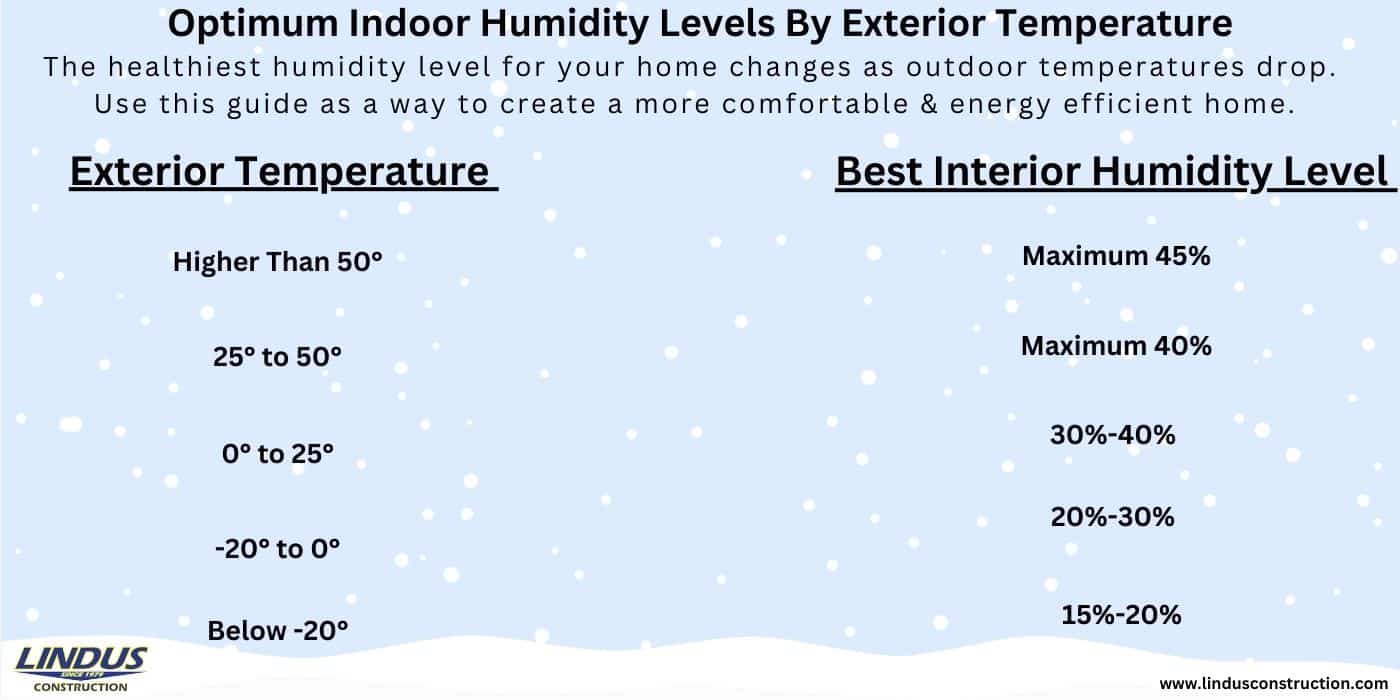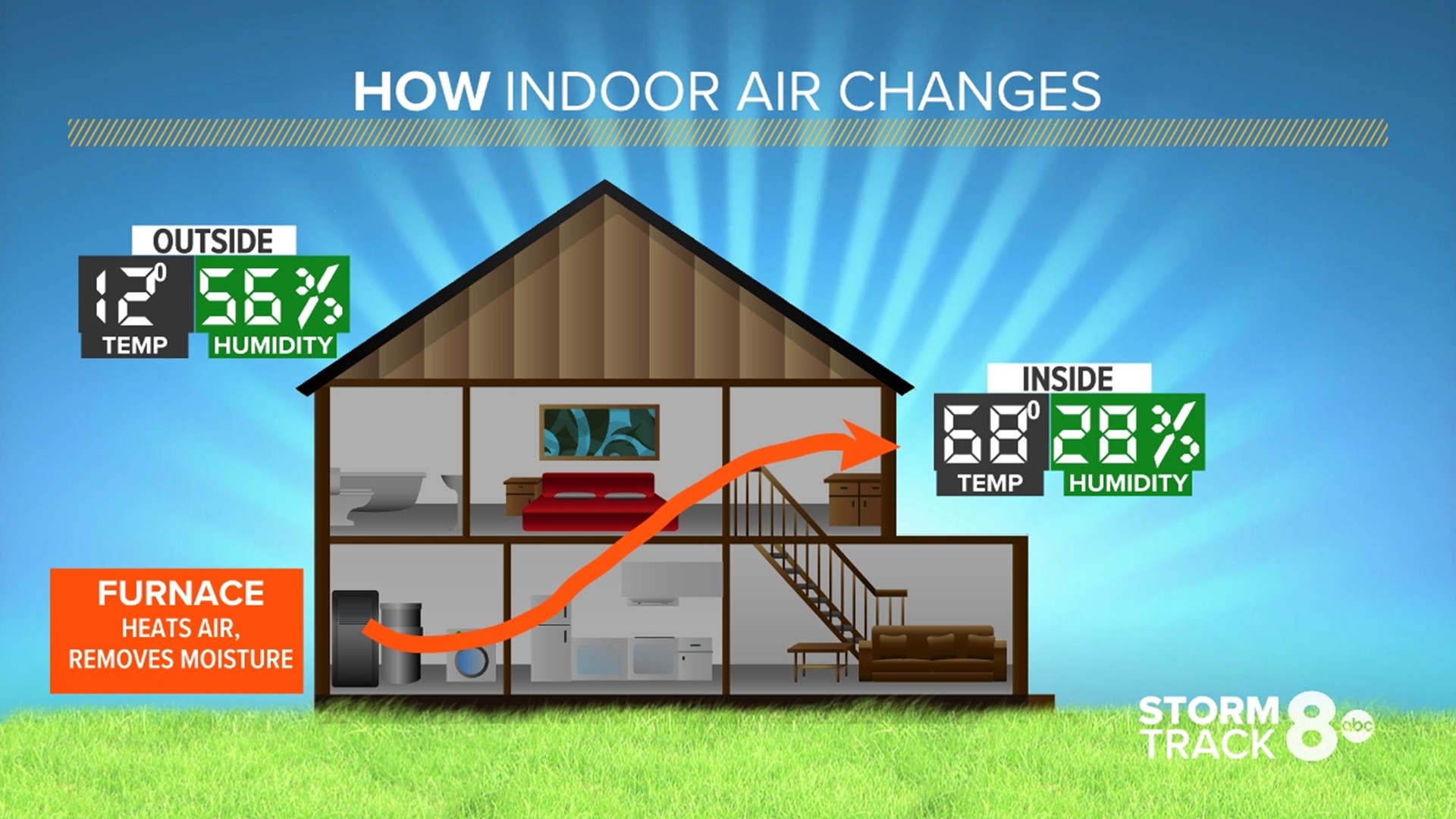What Should Be The Humidity In Your Home

The Goldilocks Zone: What Should Be The Humidity In Your Home?
Maintaining optimal humidity levels in a home is crucial for comfort, health, and the longevity of building materials. But what exactly is the "Goldilocks zone" for humidity, and how do you achieve it? As HVAC professionals, we're often asked this question. This article will delve into the ideal humidity range for your home, the consequences of straying outside this range, and how HVAC systems play a vital role in maintaining it. We'll also discuss the career implications of specializing in humidity control, from entry-level positions to advanced certifications.
Understanding Relative Humidity
First, let’s define our terms. We’re talking about relative humidity (RH), which is the amount of moisture in the air compared to the maximum amount the air can hold at a specific temperature. This is expressed as a percentage. Warm air can hold more moisture than cold air, so the same amount of moisture will result in a lower RH in warmer temperatures.
The generally accepted ideal RH range for indoor environments is between 30% and 50%. Some experts narrow this further to 40% to 50% during the summer months and slightly lower, around 30% to 40%, during the winter when colder air naturally holds less moisture.
The Dangers of High Humidity
When humidity levels exceed 50%, you're creating a breeding ground for problems:
- Mold and Mildew Growth: High humidity provides the perfect environment for mold and mildew to thrive. This can lead to respiratory problems, allergic reactions, and structural damage to your home.
- Dust Mite Infestation: Dust mites, a common allergen, flourish in humid environments. Reducing humidity is a key strategy for controlling dust mite populations.
- Increased Allergy Symptoms: High humidity can exacerbate allergies and asthma by promoting the growth of allergens and irritants.
- Uncomfortable Feeling: High humidity makes the air feel sticky and uncomfortable, even at moderate temperatures. This can lead to decreased productivity and overall discomfort.
- Structural Damage: Excess moisture can damage wood floors, walls, and other building materials.
The Problems with Low Humidity
On the other hand, humidity levels below 30% can also be problematic:
- Dry Skin and Irritated Airways: Low humidity can dry out your skin, leading to itching, cracking, and discomfort. It can also irritate your nasal passages and throat, increasing your susceptibility to colds and respiratory infections.
- Static Electricity: Dry air promotes static electricity, leading to shocks and discomfort.
- Damage to Wood Furniture: Low humidity can cause wood furniture to dry out, crack, and warp.
- Increased Dust: Dry air can exacerbate dust problems, as dust particles become more easily airborne.
HVAC Systems and Humidity Control
HVAC systems play a crucial role in maintaining optimal humidity levels. Here's how:
- Air Conditioners: Air conditioners naturally dehumidify the air as they cool. The cooling process causes moisture to condense on the evaporator coil and drain away.
- Dehumidifiers: Portable or whole-house dehumidifiers are designed specifically to remove moisture from the air. They are particularly useful in basements, crawl spaces, and other areas prone to high humidity.
- Humidifiers: Whole-house humidifiers can be integrated into your HVAC system to add moisture to the air during dry periods. They are particularly useful in the winter months.
- Ventilation Systems: Proper ventilation helps to remove stale, humid air from the home and replace it with fresh, drier air. Energy Recovery Ventilators (ERVs) and Heat Recovery Ventilators (HRVs) are efficient ventilation systems that can help to control humidity while minimizing energy loss.
Understanding the principles of psychrometry – the study of air and its properties, including temperature, humidity, and enthalpy – is fundamental for HVAC technicians when addressing humidity issues. Proper diagnosis often involves using tools like hygrometers and psychrometric charts.
Career Paths in Humidity Control
The demand for skilled HVAC technicians who understand humidity control is growing. Climate change, increasing awareness of indoor air quality, and stricter building codes are all contributing to this trend.
- Entry-Level HVAC Technician: A starting point for many, this role involves installing, maintaining, and repairing HVAC systems, including those with humidity control features. According to the Bureau of Labor Statistics (BLS), the median annual wage for HVACR mechanics and installers was $51,390 in May 2021. The job outlook is projected to grow 5 percent from 2021 to 2031.
- HVAC Service Technician: Focusing on troubleshooting and repairing HVAC systems, service technicians often encounter humidity-related problems and must be able to diagnose and resolve them effectively. Earning certifications like the NATE (North American Technician Excellence) certification can significantly boost earning potential.
- HVAC Design Engineer: Designing HVAC systems that incorporate effective humidity control strategies is a specialized area. These engineers typically have a bachelor's degree in mechanical engineering and a strong understanding of psychrometry and building science.
- Building Automation Systems (BAS) Technician: BAS technicians install and maintain sophisticated control systems that regulate temperature, humidity, and ventilation in commercial buildings. This role requires a strong understanding of electronics, computer networking, and HVAC systems.
The Importance of Certifications
Earning certifications can significantly enhance your career prospects in the HVAC industry, especially when specializing in humidity control:
- NATE (North American Technician Excellence) Certification: NATE offers certifications in various HVAC specialties, including service, installation, and efficiency. NATE certification demonstrates your knowledge and skills to employers and customers.
- EPA Section 608 Certification: Required for technicians who handle refrigerants, the EPA 608 certification is essential for compliance and responsible handling of refrigerants, which are used in air conditioning and dehumidification systems.
- Building Performance Institute (BPI) Certifications: BPI offers certifications in building analysis and energy efficiency, which are relevant to humidity control as they address building envelope issues that can contribute to moisture problems.
Real-World Examples: Career Trajectories
Example 1: Maria started as an HVAC apprentice, working on residential air conditioning installations. She quickly realized the importance of understanding humidity control and pursued NATE certification in service and installation. She now works as a senior service technician, specializing in diagnosing and resolving complex humidity-related issues in homes and businesses.
Example 2: David began his career as a mechanical engineer, designing HVAC systems for commercial buildings. He recognized the growing demand for energy-efficient and humidity-controlled systems and pursued advanced training in building science and sustainable design. He now leads a team of engineers designing cutting-edge HVAC systems that prioritize indoor air quality and energy efficiency.
Tools of the Trade: Humidity Monitoring and Control
HVAC professionals rely on a variety of tools to monitor and control humidity levels:
- Hygrometers: These instruments measure the relative humidity of the air. Digital hygrometers provide accurate and easy-to-read measurements.
- Psychrometers: These instruments use wet-bulb and dry-bulb temperatures to calculate relative humidity.
- Data Loggers: These devices record temperature and humidity data over time, allowing you to track trends and identify potential problems.
- Smart Thermostats: Many smart thermostats offer humidity monitoring and control features, allowing homeowners to adjust humidity levels remotely.
- Duct Leakage Testers: Identifying and sealing duct leaks can prevent moisture from entering the home and contributing to humidity problems.
Addressing Humidity in Different Climates
The challenges of humidity control vary depending on the climate. In humid climates, the focus is on removing excess moisture from the air. In dry climates, the focus is on adding moisture to prevent dryness and discomfort. HVAC professionals must be able to adapt their strategies to the specific climate conditions.
For example, in the southeastern United States, where humidity is consistently high, HVAC technicians often recommend installing whole-house dehumidifiers and ensuring proper ventilation to prevent mold growth. In the arid Southwest, technicians may recommend installing whole-house humidifiers and addressing building envelope issues to minimize moisture loss.
Staying Ahead of the Curve: Industry Trends
The HVAC industry is constantly evolving, with new technologies and strategies emerging to address humidity control and indoor air quality. Staying informed about these trends is essential for HVAC professionals:
- Smart HVAC Systems: Smart thermostats and other smart HVAC components offer advanced control over temperature, humidity, and ventilation.
- Variable Refrigerant Flow (VRF) Systems: VRF systems offer precise temperature and humidity control in individual zones, making them ideal for commercial buildings.
- Demand Control Ventilation (DCV): DCV systems adjust ventilation rates based on occupancy and indoor air quality, optimizing energy efficiency and humidity control.
- Air Purification Technologies: Air purifiers that remove allergens, pollutants, and odors can complement humidity control strategies to improve indoor air quality.
Final Thoughts
Understanding and controlling humidity is a critical aspect of HVAC. By mastering the principles of psychrometry, earning relevant certifications, and staying up-to-date on industry trends, HVAC professionals can build successful careers in this growing field. Whether you're a student, a seasoned technician, or an employer, investing in knowledge and skills related to humidity control is a smart move for a comfortable, healthy, and sustainable future. Remember, the key to a comfortable home, and a thriving career, is often finding the "Goldilocks zone" – not too humid, not too dry, but just right.
For employers, prioritize hiring technicians with NATE certification and those who have experience with advanced humidity control systems. Investing in training and development for your employees will ensure that your company can meet the growing demand for skilled HVAC professionals who understand the importance of indoor air quality.




.jpg?width=1754&name=Humidity level chart (1).jpg)




